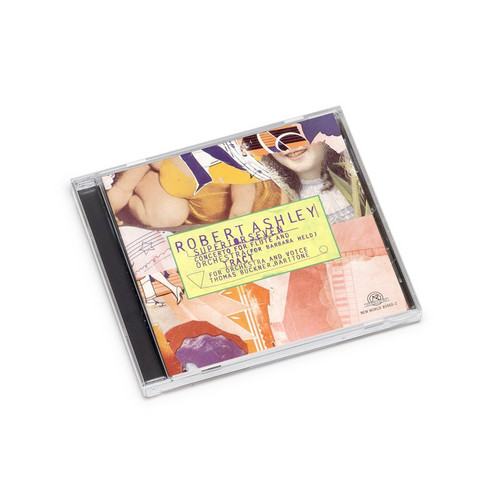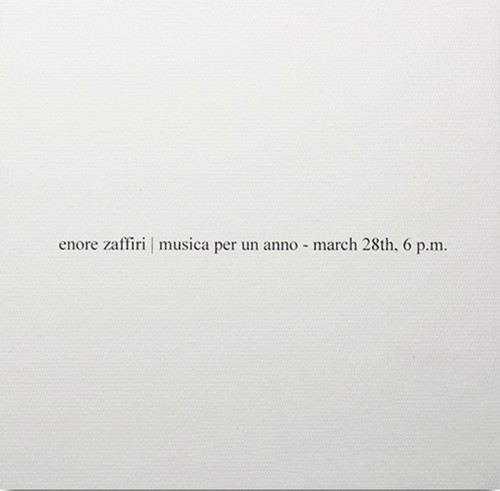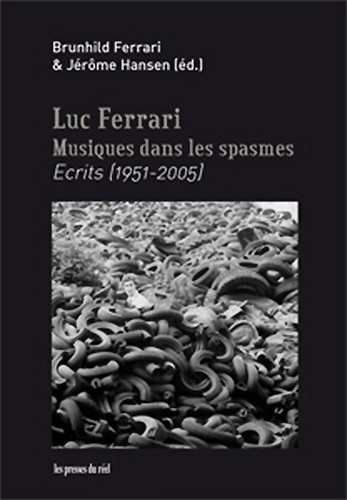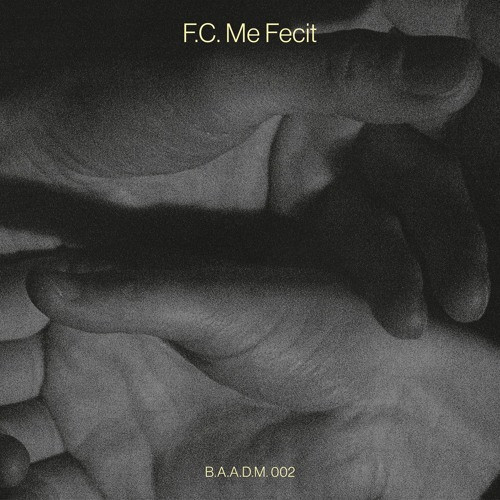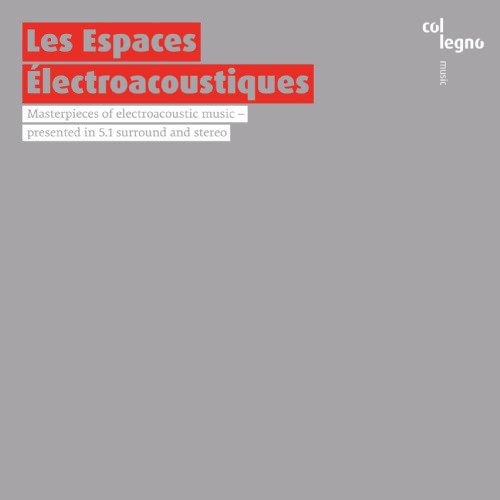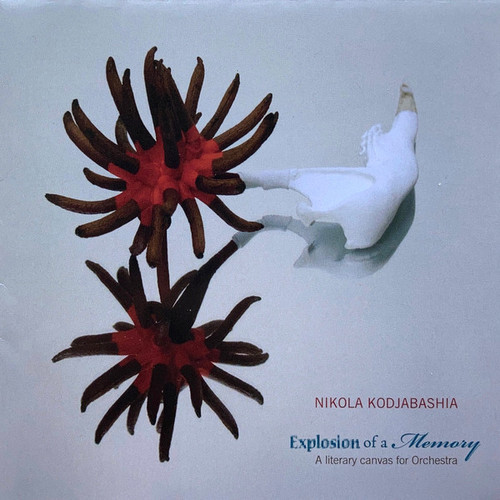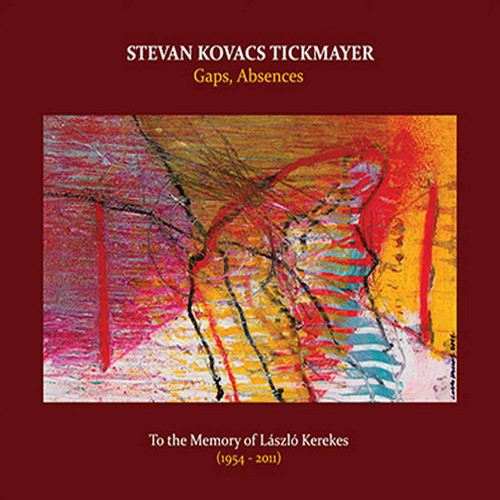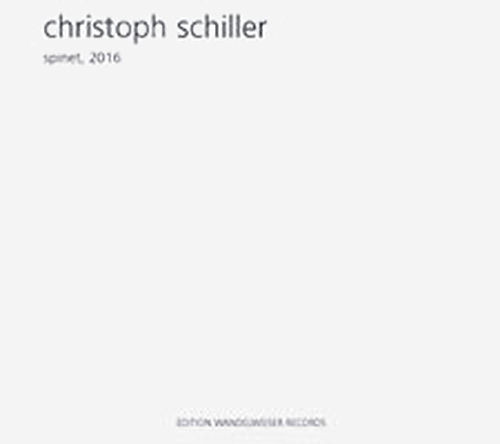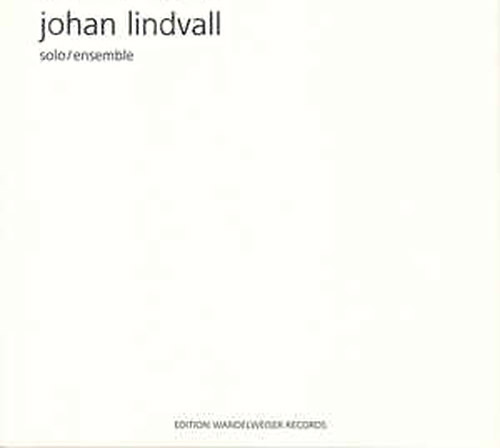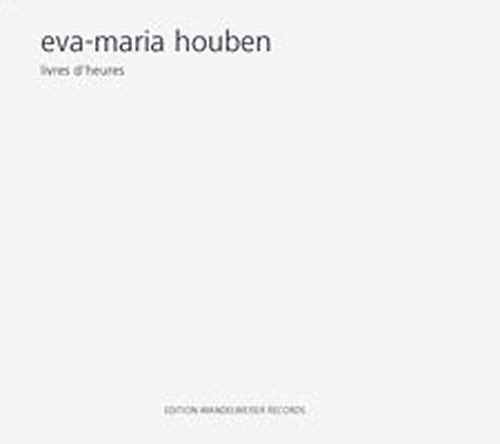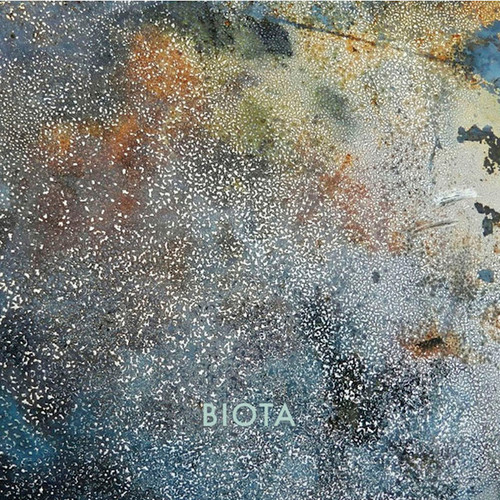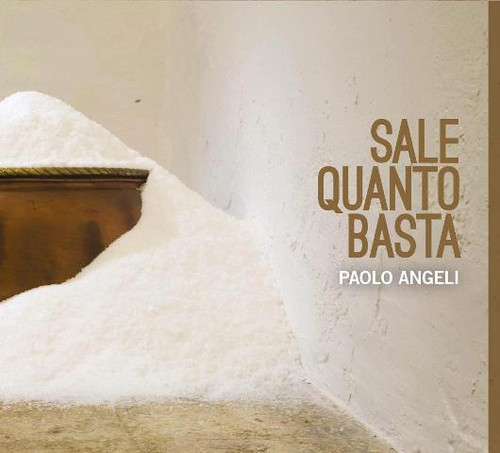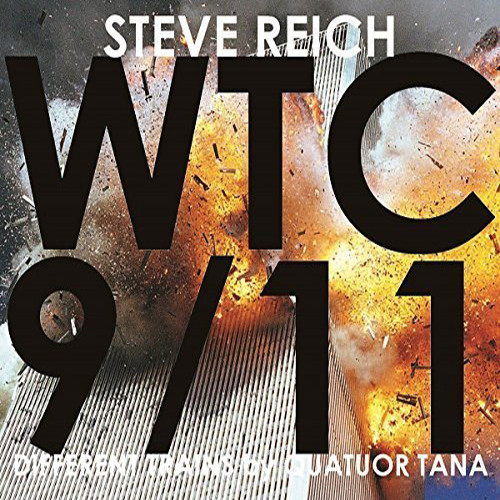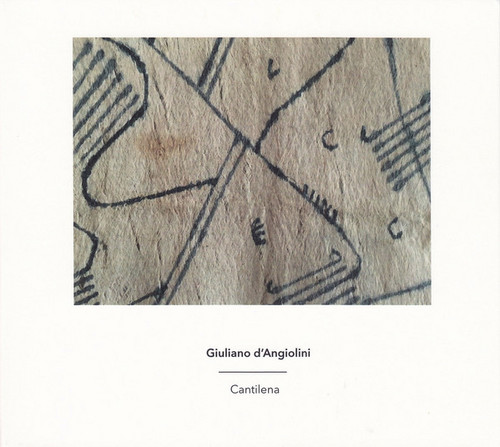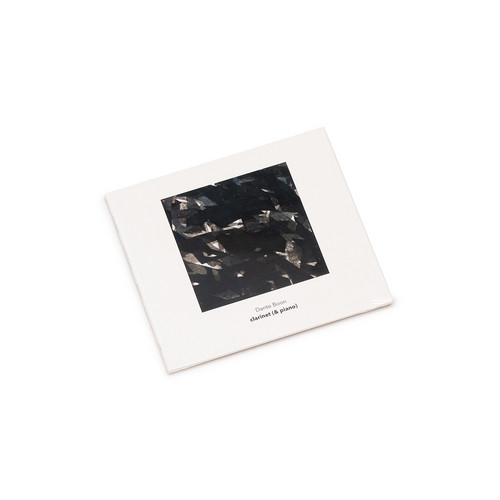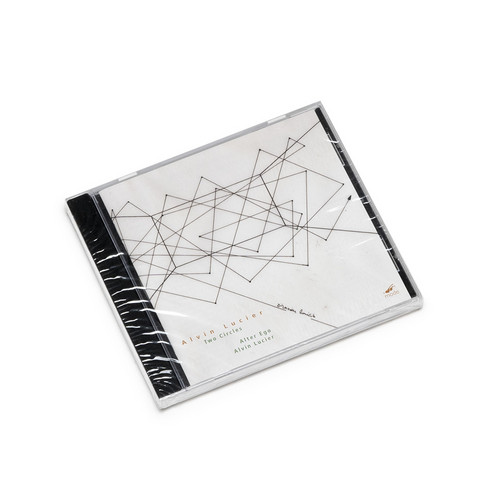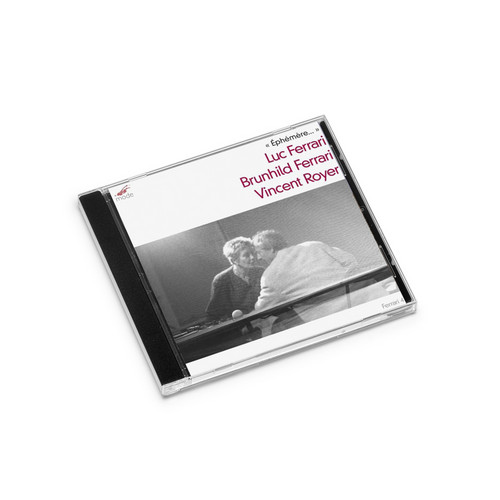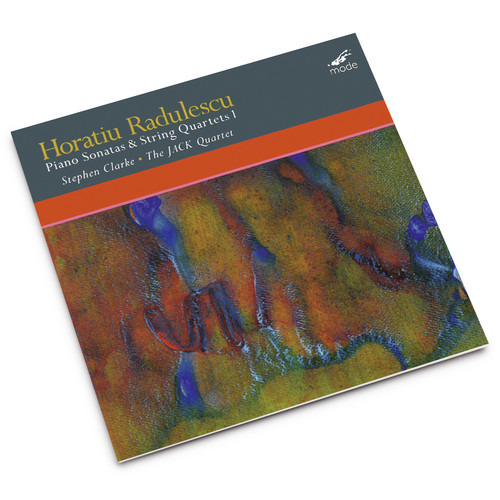Spectrum Pieces
James Tenney (1934-2006) was one of the most versatile figures in contemporary American music. Apart from creating a large, wide-ranging, and fascinating body of compositions, more than a hundred of them, he was one of the key music theorists of the late twentieth century. This CD set offers complete recordings of one of the most important of Tenney's later sets of pieces-Spectrum Pieces 1-8, the first five of which were written in Toronto in 1995 and the last three in 2001, after he moved to Va…
Superior Seven / Tract
“I am finally able to say that I write for orchestra— even if I have to make the orchestra myself.” — Robert Ashley Robert Ashley is known primarily for his theater-based pieces and television operas. This new release presents the world premiere recordings of two of his “orchestral” pieces, Superior Seven (concerto for flute), and Tract (for orchestra and voice), where the orchestra is provided by a MIDI synthesizer. In Superior Seven, the flute floats freely in and out of an atmospheric electro…
Musica per un Anno (March 28th, 6 pm)
Musica per un anno is a pivotal project by Italian pioneer of electronic music Enore Zaffiri. In 1968 Zaffiri devised a project to create music for each hour of the year, by providing precise instructions to organise various layers of sinusoidal sounds. Working in isolation but ideally sharing the same attitude of La Monte Young’s approach to sound in time and space of those same years, Zaffiri created some tape versions of his masterpiece. The version recorded in this album is a radically…
Musiques dans les spasmes – Ecrits (1951-2005)
French edition. Edited by Brunhild Ferrari and Jérôme Hansen. Foreword by Jim O’Rourke. Introduction by Brunhild Ferrari. Interview with Luc Ferrari by Pierre-Yves Macé and David Sanson. Luc Ferrari’s writings, most of them previously unpublished. A pioneer of musique concrète at the beginning of the Groupe de Recherche Musicales in Paris (GRM), Luc Ferrari (1929-2005) is one of the most important and intriguing figures of the last forty years.
F.C. Me Fecit
All music written and performed by Frederik Croene. Recorded, mixed and mastered by Christophe Albertijn – Studio Les Ateliers Claus. Produced by B.A.A.D.M. & Frederik Croene. Recorded under stormy clouds in August 2015 at St. Peter’s church in Gent, Belgium. Organ built by Pierre Van Peteghem (1847-48). Album design by Mathieu Serruys & Joris Verdoodt. Published in collaboration with Grafische Cel / LUCA School of Arts, campus St-Lucas Visual Arts Gent – funded by research unit Image.
T…
Les Espaces Électroacoustiques
Milestones of electroacoustic music – from Edgar Varèse’s Poème électronique (1958) to Brian Ferneyhough’s Mnemosyne (1986) – are investigated from a music-historical perspective and presented in a contemporary 5.1 surround edition.The selection of works on this double CD mirrors the development of electroacoustic music over a period of 30 years, from the early analogue studios to the shift to digital technology in the 1980s. It includes electronic compositions and works for instruments and e…
Explosion Of A Memory (A Literary Canvas For Orchestra)
An extended iterative, cycling, dissipating cloud of fragments, constantly shifting focus, which throws up detail, evolves, returns, settles and re-dissolves; it's a four-dimensional explosion in which stretches of baroque, folk themes and Byzantine liturgy exist contemporaneously alongside modern and (arguably) post-modern materials and techniques, all shaken loose out of the same experiential block, much as strata emerge as tectonic plates fold one time over another. Long, beautiful, to…
Gaps, Absences
A beautifully recorded and produced cycle of pieces that combine complexity and precision with rich and unfamiliar timbres. The ensemble pieces amplify and enrich a core piano with various combinations of harmonium, double bass, violin, percussion, Hungarian zither, citara bassa, bowed cymbals, alto clarinet, melodica, sampler and field recordings, all sparsely but powerfully deployed. This is a deep and powerful music with both crystalline clarity and cinematic low frequency power. And no fat o…
Spinet, 2016
Christoph Schiller, spinet.
Christoph Schiller was born in 1963 in Stuttgart. He studied fine arts at the Kunstakademie Stuttgart and HfBK Hamburg. He later studied piano with Daniel Cholette and music theory in Basel. He has been playing concerts of improvised music on piano since 1987. In recent years the piano has been abandoned in favour of the lighter spinet, for which he has developed specific playing techniques which are influenced by inside piano techniques. Besides keyboard instruments …
Solo ensemble
Composer : Johan Lindvall. Performers : Vilde Sandve Alnæs (violin), Kristine Tjøgersen (clarinet), Jan Martin Gismervik (percussion), Henrik Munkeby Nørstebø (trombone), Ina Sagstuen (voice), Fredrik Rasten (guitar), Johan Lindvall (piano).
Livres d'heures
Composer : Eva-Maria Houben. Performers : Andreas Feilen (tubular bells), Eva-Maria Houben (piano, violin), Erik Carlson (violin), Bileam Kümper (violin).
EVA-MARIA HOUBEN (born 1955) studied Music Education at Folkwang-Musikhochschule Essen and the organ with Gisbert Schneider. Following her exams she taught both German and Music Education at Secondary School. She received her doctorate and postdoctoral lecturing qualification in musicology and was called for lectures at Gerhard-Mercator-Unive…
Funnel to a Thread
Since the late 1970s Biota has ploughed its own furrow, producing a body of work that resembles nothing anyone else has done or is yet doing. Their compositions evolve in long, constantly shifting timbral blocks filled with fragments and echoes of quasi-familiar musical languages and sounds – or none - and use instrumental resources that span half a millennium and two thirds of the planet to create unique combinations of timbral colour in constant motion; this is a music in which everything is i…
Sale Quanto Basta
Paolo Angeli’s latest is an extraordinary collection of pieces that explore the full range of his highly modified, extended and prepared Sardinian guitar; and although it’s just him and electricity, it seldom sounds like fewer than 3 people. Great compositions, each like a short novel, beautifully recorded. Paolo’s unique music defies genre or category - at once accessible, experimental, tuneful, tactile, ambient, with a folk root and a rock inflection and a contemporary outlook. And his instrum…
Propaganda
Written for theatre in 1987 using a host of avian and mammalian voices, snippets of unidentified musical material and electroacoustic noise- sculpting, as well as invented and real instruments played by Fred Frith. This was a hard time and the mood is intense, lean and not cheerful, though there are some gruesomely cheery inserts. There's no fat but a lot of meat here.
Wtc 9/11
Steve Reich composed WTC 9/11 in 2010 in homage to the victims of the attack on the World Trade Center, September 11th, 2001. First performed on March 19, 2011 at Duke University in North Carolina by the Kronos Quartet, WTC 9/11 would be played for the first time in New York, at Carnegie Hall, in late April of the same year. WTC 9/11 is written for a string quartet playing live, on which are juxtaposed pre-recorded voices and two string quartets. With a playing time of 16 minutes, the work is in…
Cantilena
Six chamber works by the Paris-based composer Giuliano d'Angiolini, following on from his exquisite album 'Simmetrie di Ritorno' on Edition RZ.
“A port in the storm, this. Giuliano d’Angiolini is a Paris-based Italian composer and ethnomusicologist who makes music of whispered, consolatory indeterminacy. He is probably best known (if he is known at all) for a 2011 album called Simmetrie di Ritorno, but I would argue that this new release is more sublime, or perhaps just more t…
For Clarinet (And Piano)
Clarinet (and Piano) brings together Amsterdam composer Dante Boon and Swiss clarinetist Jürg Frey for three works at the porous boundary of composition and improvisation. In the long opening duo “O’Hare,” Boon’s gentle piano arpeggios glow beside Frey’s quietly expressive clarinet, combining spiraling lyricism with stately stillness across nearly twenty-five minutes. The piece unfolds in a gradual arc, eschewing conventional development for the slow revelation of timbre and intervallic resonanc…
Two Circles
Alvin Lucier’s (b.1931) work has been more often described in terms of science than of art and his scores often contain experimental procedures. Lucier perfectly represents the fusion of a scientist with an artist. His pieces arise from an inspection of a pure physical phenomenon. The performers on Mode’s fourth disc of Lucier’s music are the Italian experimental music ensemble Alter Ego — two of the works were written for or dedicated to them — and Alvin Lucier himself. This new recordi…
Ephémère
This album tells stories about wind, ocean and a village feast in the southern France… The listener is led into a poetic journey about freedom and impermanence. It brings together three Ferrari-related works: by Luc Ferrari himself, by Ferrari’s wife Brunhild Meyer-Ferrari and an improvisation by Royer to one of Ferrari’s soundscapes. Luc Ferrari was very interested in collaboration. New music violist Vincent Royer began collaborating with Ferrari following their meeting in 2001.Regardin…
Piano Sonatas & String Quartets 1
Limited edition of 500 numbered copies. The LP was mastered from the 96khz/24-bit files. Lacquers were cut by vinyl veteran Scott Hull at Masterdisk in New York. The LP is pressed by RTI in California, one of the most highly regarded pressing plants in the USA. All of this to insure the best sounding, highest quality LP. After all, why make an LP if it doesn’t sound great and have something special to offer ?
It is packaged with a 4-page insert of liner notes by the late Bob Gilmore and a score …

